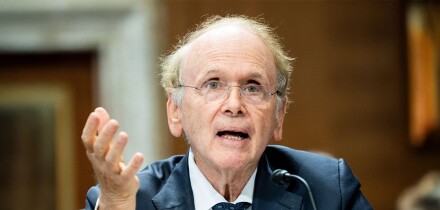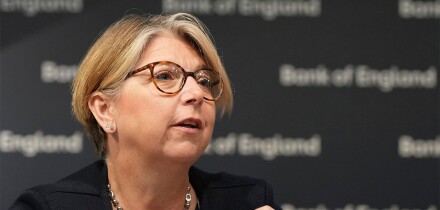The deal will be among the most closely followed, and perhaps influential, new issues of 2004 in the European equity capital markets.
Lead managers CIBC World Markets, Goldman Sachs and UBS have structured the deal to mimic the income trust structure, widely used in the US and Canada, which gives investors in low growth stocks an enhanced dividend.
The transaction suggests a way to fill the gap between the stock market's traditional obsession with growth and the bond market's promise of stability, by creating a positive culture of low growth, high yield stock investing.
Findexa began pre-marketing its high yield dividend shares on Wednesday. As in the US and Canadian models, Findexa will pledge to pay out all its distributable cashflow to its shareholders, offering a dividend yield of 7.8%-10.4% ? three or four times higher than that offered by most other companies on the Oslo bourse.
But whereas in North America, trust structures are used, which effectively couple equity with a debt instrument, Findexa's shares will be pure equity.
Findexa AS, the operating company, will pay the dividends through interest payments on an internal loan from Findexa Ltd, its Jersey-based holding company.
The structure suits Findexa because it has stable cashflows, yet limited prospects for growth. Bankers working on the deal said the interest investors had shown in the IPO meant the structure was likely to be used frequently.
"Several companies have expressed interest in the structure," said an official close to the deal. "We think Findexa could start a boom in this type of high dividend structure. If you go to investors with a pure growth story you're not going to get a meeting. People at the moment want, and are prepared to pay for, income."
In Canada, high yielding income fund companies already represent about 7%-10% of total market capitalisation. In the US, the similar income deposit securities have also become popular. The IPO of American Seafoods in 2003 was one of the most recent examples of the structure's use.
For bankers working on the Findexa IPO, the benchmark issue is the flotation of Canada's Yellow Pages for C$1bn ($750m) in July last year. That deal used an income trust structure which paid shareholders a 7.25% annual dividend.
UK telephone directory company Yell offered a 3.16% dividend yield at the time of its £1.1bn IPO last July.
Stable earnings are key
"If you look at recent precedents, high quality companies are offering a 7% yield, while lower quality companies are offering about 12%," said the official. "At the moment investors are finding it easier to evaluate companies' cashflows, as opposed to growth potential. Management competence and earnings are the main interests of investors."
The Nkr2.6bn IPO of Norwegian fertiliser company Yara in March is a case in point. While the company offered little potential for growth, investors hungry for income nonetheless flocked to the deal, which closed 18 times oversubscribed.
Other banks have noticed the interest in yield. "We are extremely interested to see how Findexa goes," said a head of equity syndicate in London.
"We have spent a lot of time looking at the structure and we hope it works. In a low interest rate environment, with moderate returns in the equity market, high yield has its appeal."
Retail investors were the main buyers of the first US and Canadian IPOs that used the high yield structure, but demand for Findexa's IPO, which is expected to be completed in mid to late May, is likely to be mainly institutional.
"We've spent a lot of time working on this structure and we decided that what we needed was a company big enough to put this structure on investors' radars," said the official close to the deal.
But he added that smaller companies interested in harnessing retail investor demand could adopt the structure as well. In North America the market has moved from smaller to bigger companies.





